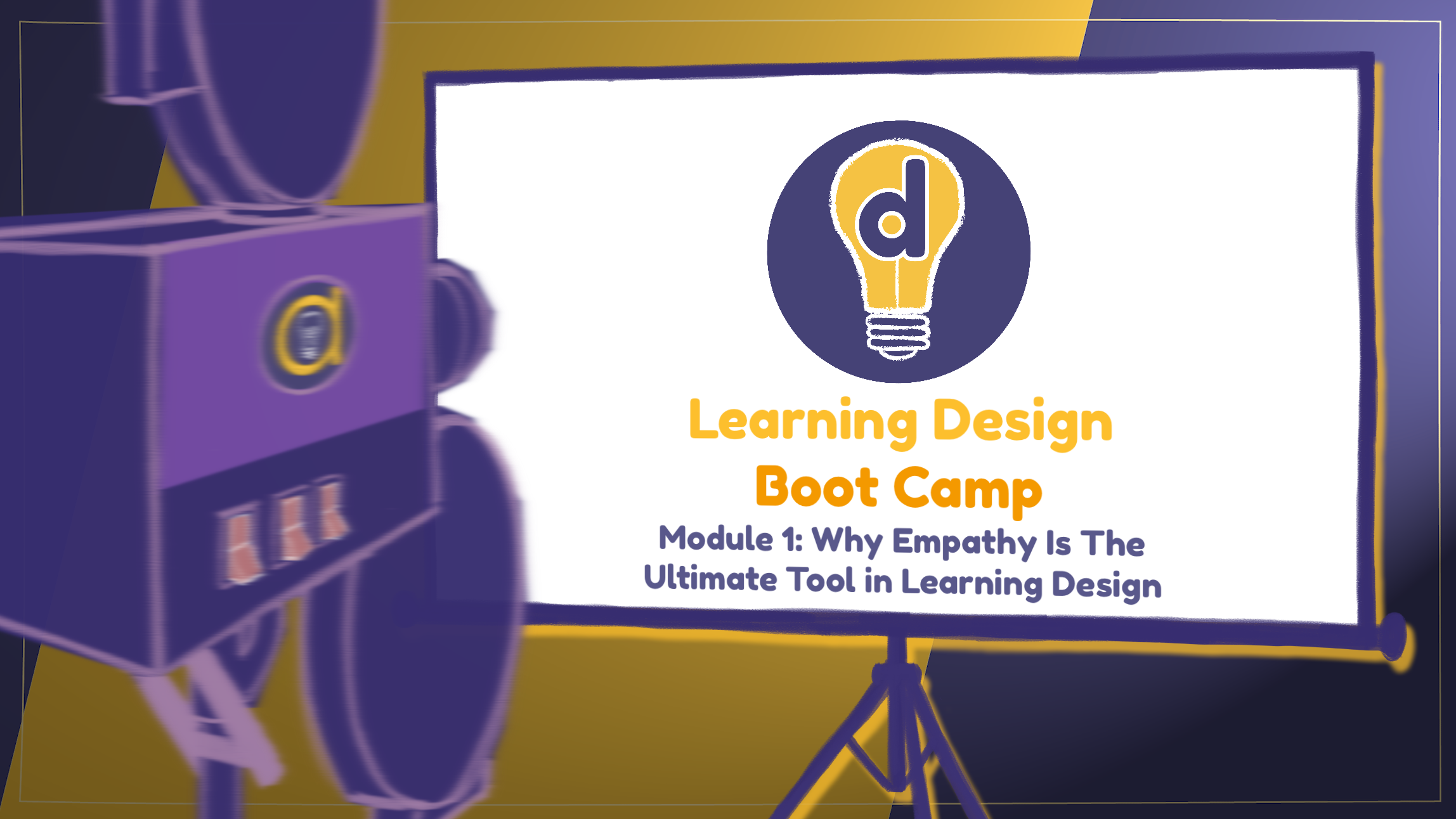
1.2 Why empathy is the ultimate tool in learning design
Empathy often makes people roll their eyes. They think it’s all about being warm and fluffy.
Not so. In learning design, and in teaching, empathy is about strength. It’s like having the muscles of a bodybuilder. Let me explain.
The more you can empathise with someone, the more you can figure out what’s holding them back. They may lack confidence in their knowledge or skills. They could be worried about their ability to complete a task. They might be confused about their identity. In fact, they may not even know what barriers are preventing them from achieving their goals.
Empathy is a strength
This is where your ability to empathise is crucial. If you can empathise accurately and authentically with the person and the challenge they’re facing, you might just be able to change the course of their life.
It’s interesting to note that while having empathy is not always overtly promoted in teaching, asking people to teach without empathy would never be endorsed. The same argument can be said of learning design: if you design a course without empathising with the learners who you hope will take it, it’s unlikely the course will meet their needs. And yet empathy often doesn’t appear in conversations about learning design.
A little story about empathy
My colleague Phil has a helpful anecdote which really highlights why empathy is so important in learning design. Here’s Phil’s story:
The role of acceptance
The 20th century psychologist Carl Rogers argued that therapists should acknowledge what their clients say with acceptance and genuine understanding. When you’re teaching or designing learning experiences, the closer you can get to a genuine understanding of your learners’ diverse needs and backgrounds the more chance you have of designing an engaging and effective experience. By ‘accepting’ your learners as they are, you can design for the learners you have – not the learners you wish you had.
Just as importantly, genuine empathy enables you to say the thing that really needs to be said. This is entirely dependent on building trust, and on not abusing that trust. For example, if your learner has bad breath and it’s stopping them from making friends, passing their course or from getting hired, genuine empathy enables you to have that conversation in such a way that it doesn’t feel like a personal attack. This is what Rogers termed ‘unconditional positive regard’ – not simply having high expectations of your learners, but ensuring you build trust through empathy so you can have the difficult conversations that will create the conditions for transformation.
If you ask anyone to remember their best and worst teacher, they can. Teachers have awesome power, and this power can do both great and terrible things. Often, teachers don’t realise just how powerful they are. But empathy is the key to focusing and fine-tuning this power for every given situation and individual. And unconditional positive regard is the safety valve that ensures the outcome of our empathy has the learner’s best interests at heart.
Learning designers, empathy is your friend. It’s potentially the more powerful tool in your toolbox. It can unlock doors, break down walls, blow the roof off, change perspectives, engage, inspire and produce inclusive, transformational learning experiences. It’s the swiss army knife of learning design tools.
Use it well, and use it wisely.
